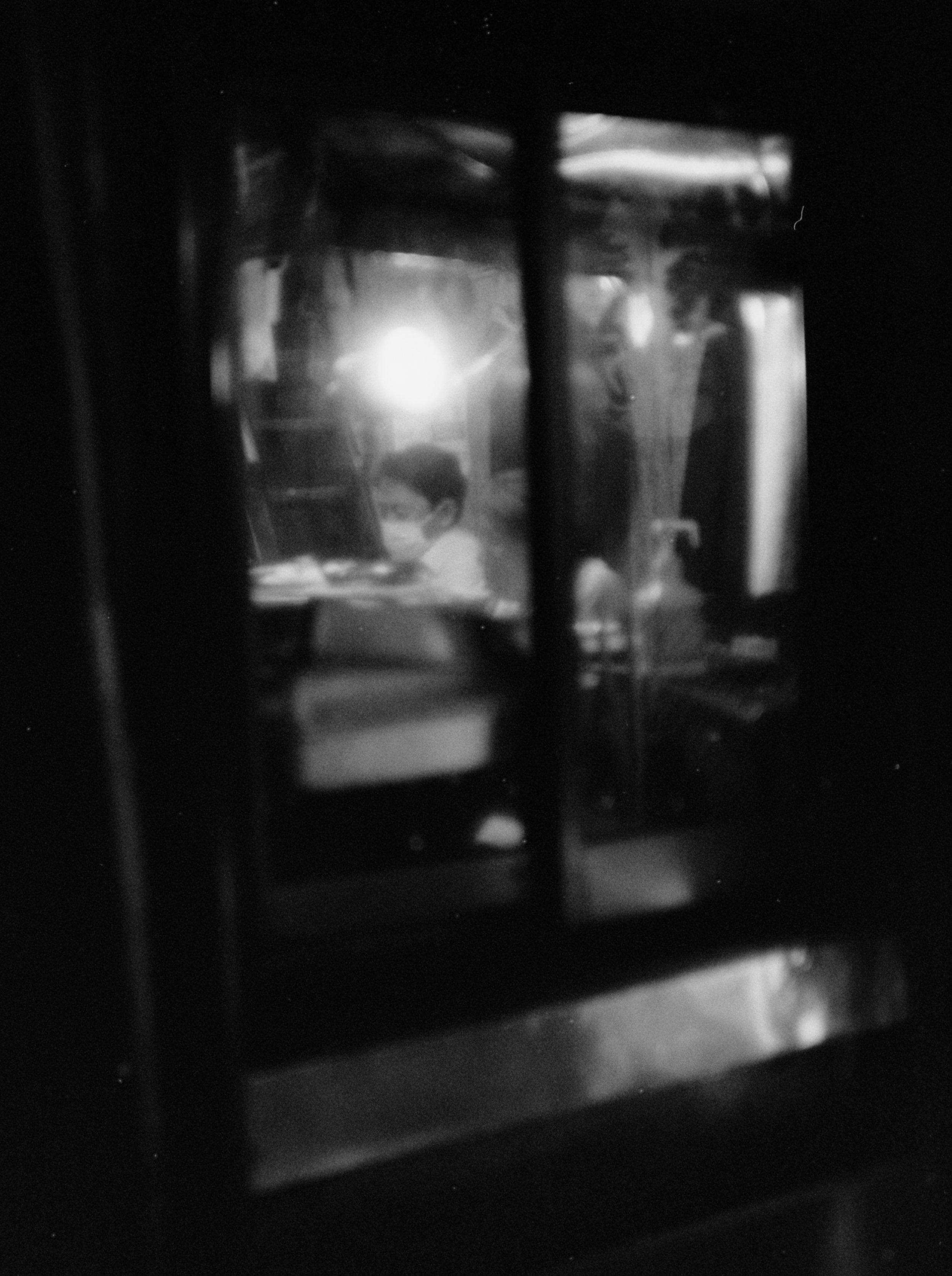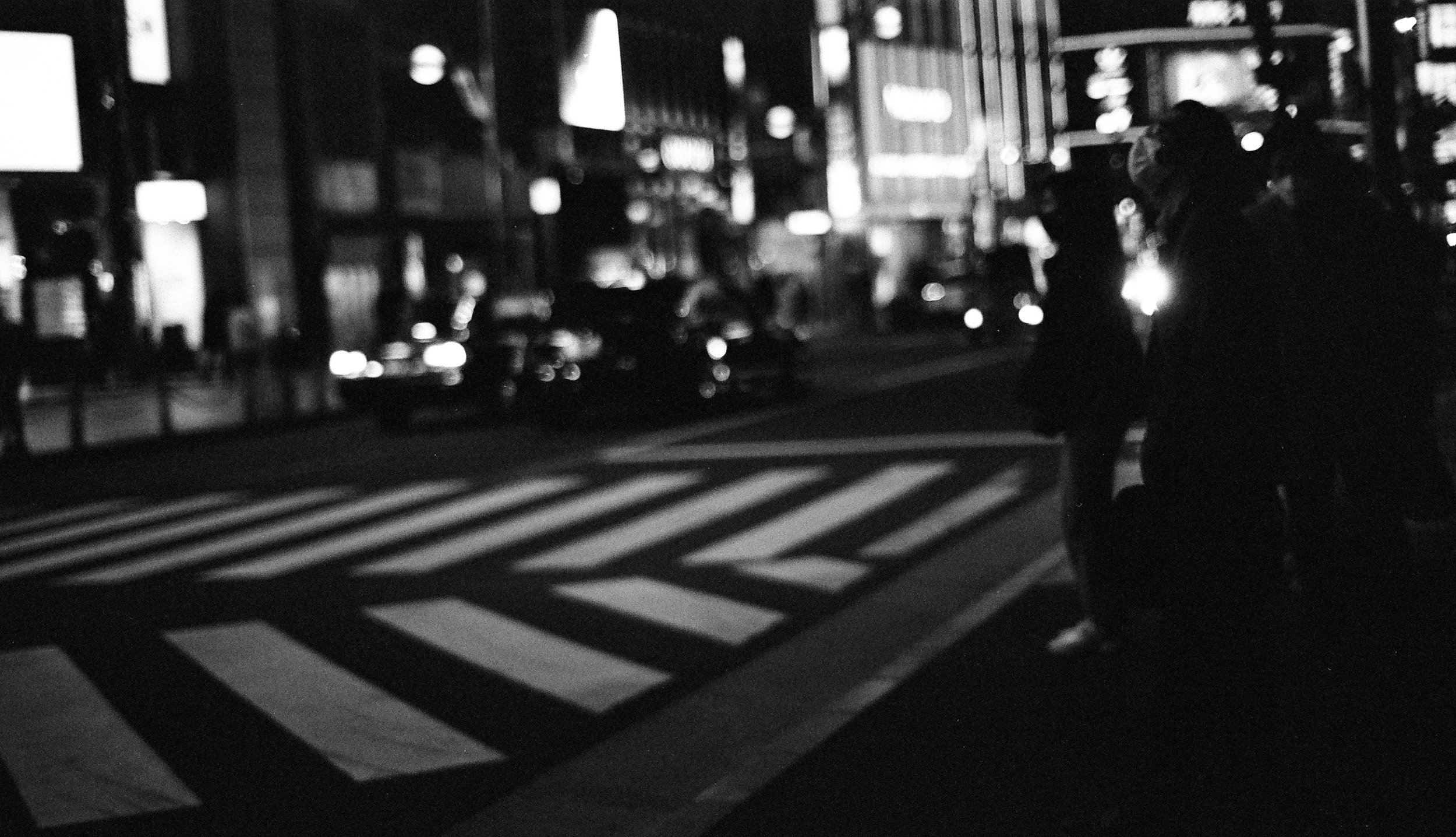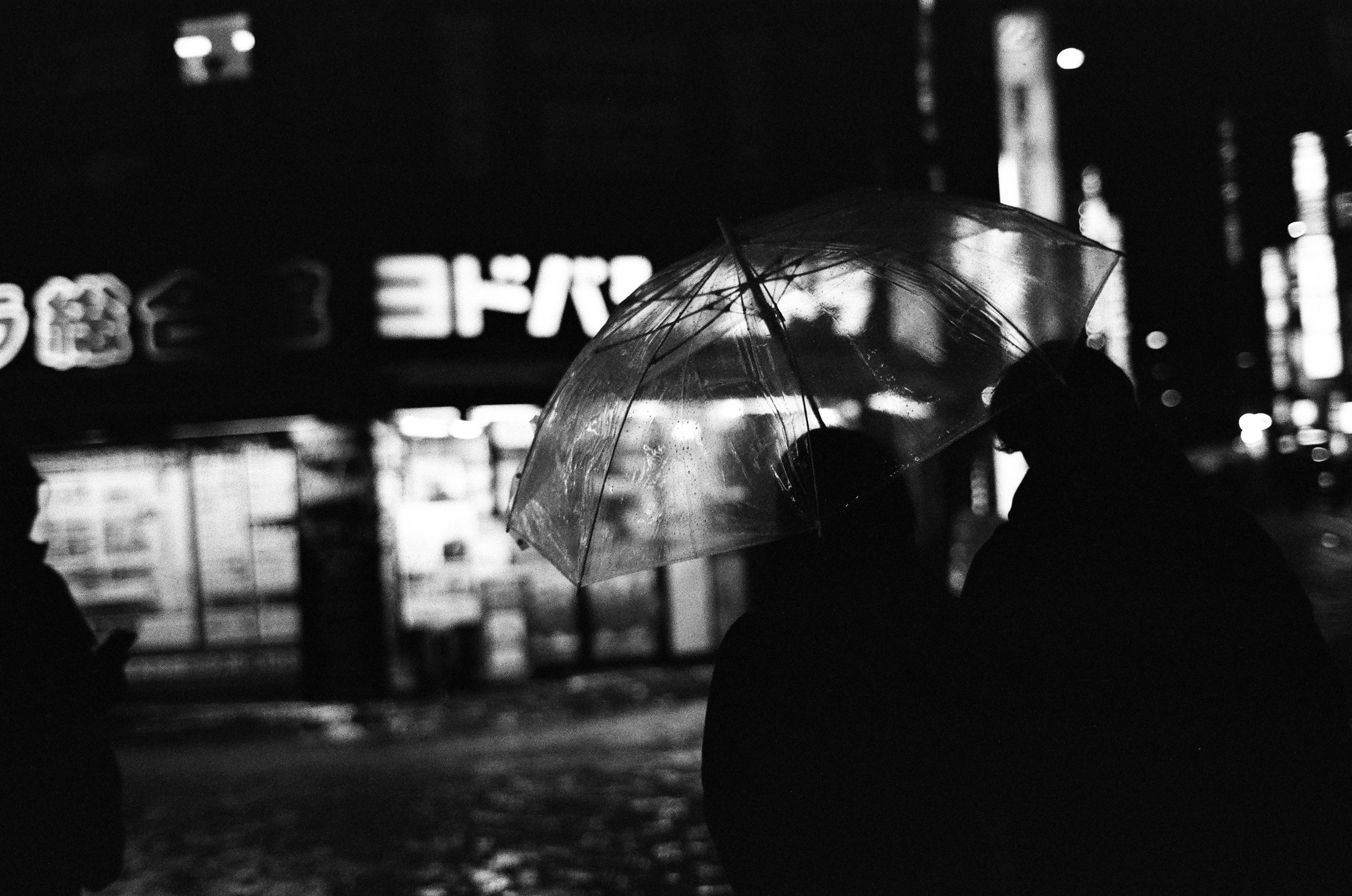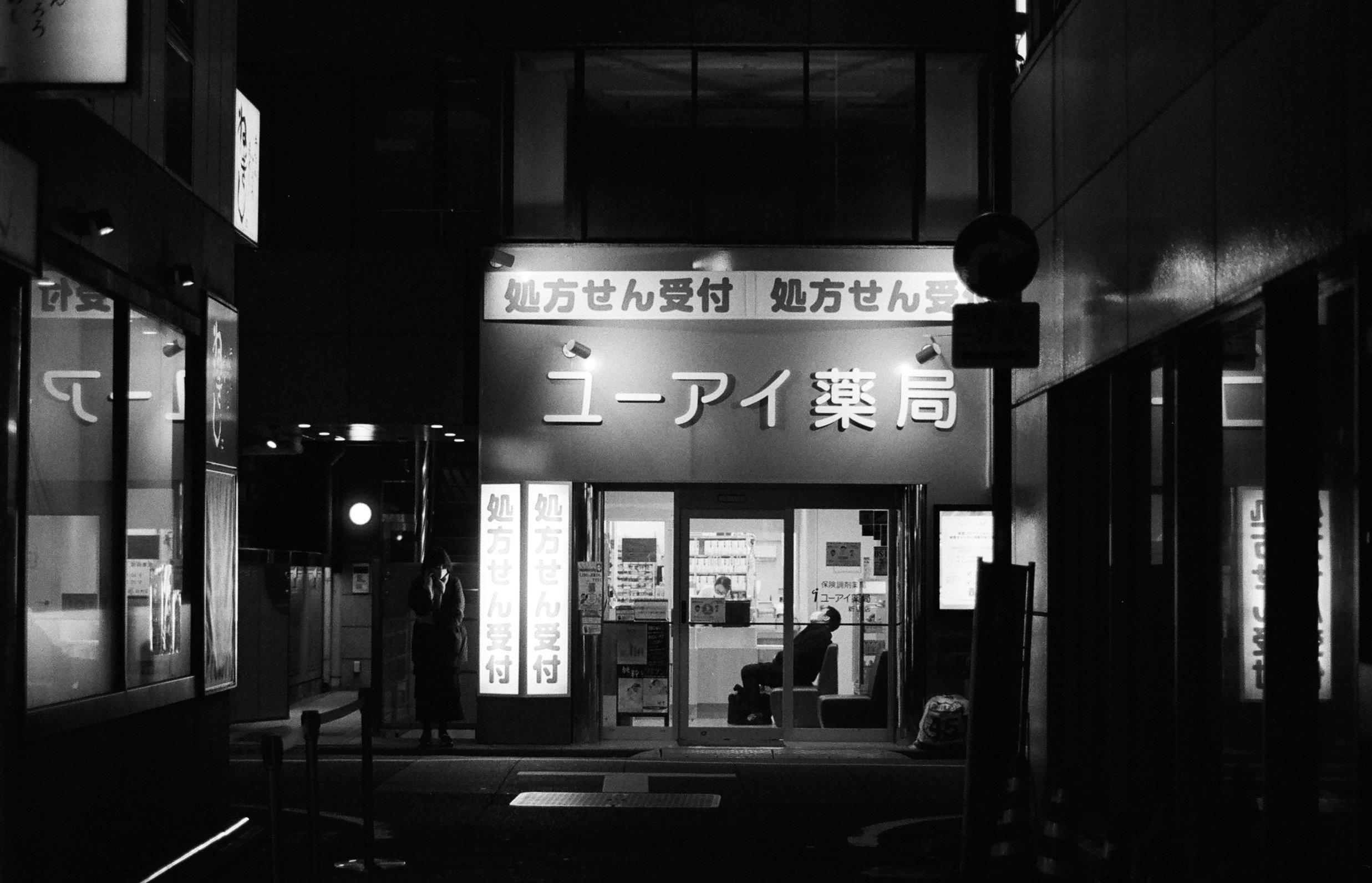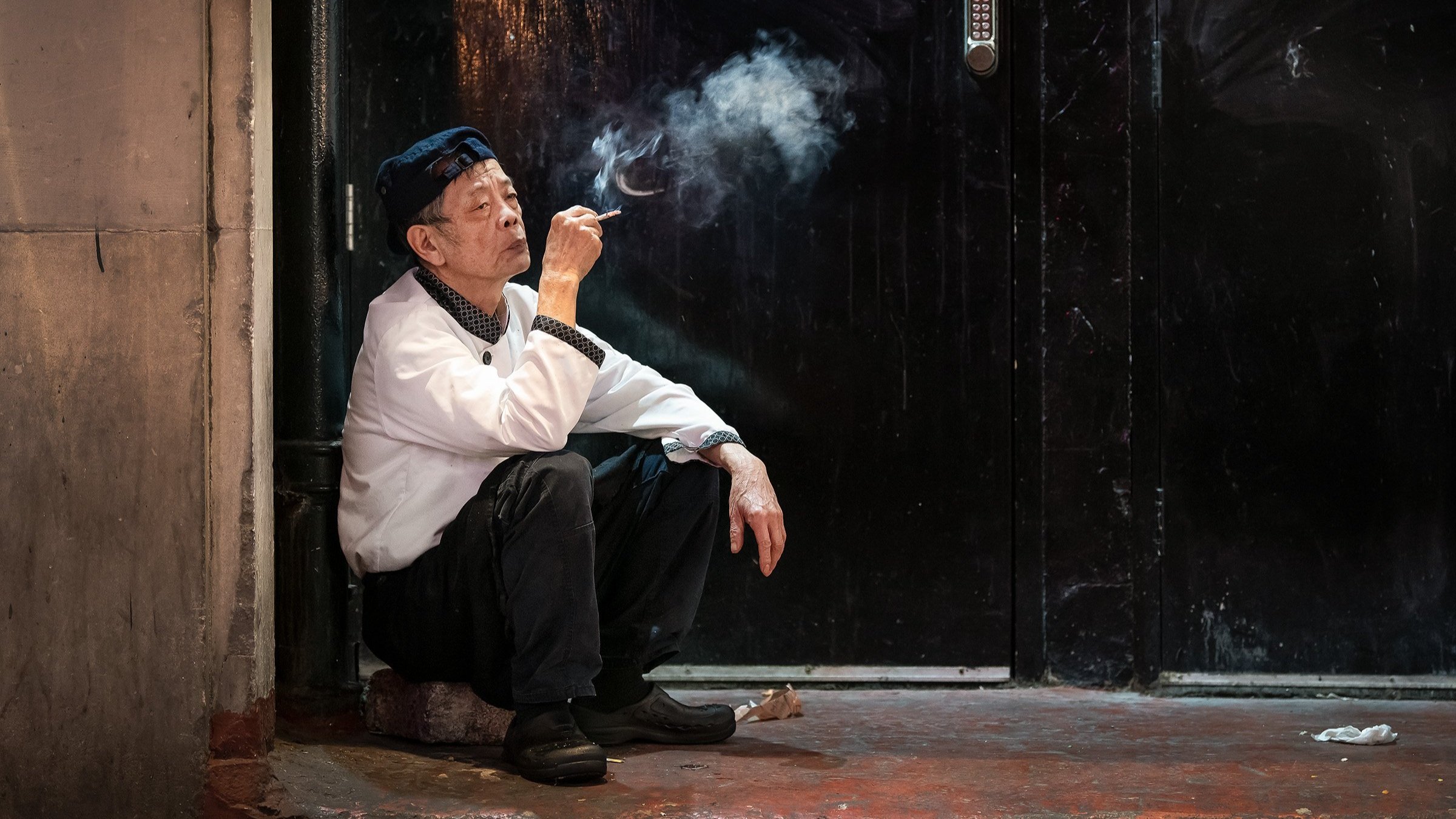Pandemia (パンデミア) by Glen Snyder
Welcome to another captivating photo essay, this time by Glen Snyder. We'd love to hear your thoughts. Feel free to comment below and, if you're interested, share your photo essay with us. Your perspectives add valuable dimensions to our collective exploration.
To say that a photograph is more of a reflection of the person behind the camera than the one in front of the lens is probably an understatement when it comes to photographs documenting the Corona Virus pandemic. For most everyone, it was an experience of dealing with life and death uncertainty and with living a reality which we were ill prepared to confront. In my case, my job of six years had just ended and I was barely managing on two part-time jobs. Nonetheless, hearing from friends abroad, I felt that it was safter to stay in Tokyo than return to the States. Travel restrictions were soon imposed, such that it was possible that if I left, I would not be able to return. I quickly found that social distancing, in a city whose inhabitants were used to working and being in close quarters was also a different and lonely experience and for two years everyone wore masks when out and about as well as in the workplace. So, looking back, I see how my own feelings at the time heavily influenced the kind of shots I was taking.
Twice a week during my daily commute, I would change trains in Shinjuku Station. In the evenings, I would go to the camera district which is just a few blocks from the station’s West Exit and was not so far out of my way. By camera district, I am referring to the area around the most obvious landmark, the flagship Yodobashi Camera Store. Unlike the more modern camera stores, this one still has it’s distinctive neon signs and sprawls across several blocks with low awnings and window displays. There are also some other major camera vendors in the area including Kitamura Camera, Map Camera, and Lemon Camera among others. The areas is also dotted with small shops offering troves of vintage cameras. These smaller shops are often run by older staff, some of whom worked in an earlier life for the major camera manufacturers such as Pentax, Olympus, Konica, Minolta, etc.
Between these shops, you can also find many small restaurants and bars. For a time during the pandemic, indoor seating was restricted and many resorted to selling box meals on the street. As the pandemic progressed, restaurants that did not serve alcohol were allowed to open but only until 8pm. When the fatalities related to COVID finally started to drop, restaurants serving alcohol were allowed to reopen, but still only for limited hours. Things finally resumed until the later hours towards the end of the pandemic but this was still several months before tour groups were allowed to come to Japan. All of that, combined with the absence of foreign tourists gave the area an eerie ghost-town feel, as generally the only people on the street were office workers and salary-man types on their way home and passing through on their way to the train stations.
My choice to photograph in this area was firstly as an homage to the camera companies that were so important at one time and which are an inseparable part of our collective history as photographers. Also, since the area was not far from my regular commute, I could visit regularly. In general, my own photographic style is to seek a good place to compose a photograph and if the conditions are not quite right, I can always return so this area was perfect. Finally, the camera district still provides an area where narrow streets and alleyways remain and these always provide for good street shots.
To get the look shown in these photographs, I used a film camera (Olympus OM-2) with a fast lens (OM G.Zuiko Auto-S 55mm f/1.2). I used either Ilford Delta 400 or JCH StreetPan 400 film. The choice of narrow streets turned out to be a good one, since usually the lighting on one side of the street was enough to illuminate the other side which I was photographing. I found that I did not have to get the film push processed and could still get images that were sharp enough at 1/60s or sometimes even 1/30s. At these slow shutter speeds, I generally had the camera held to my eye, holding things as steady as possible with my elbows pressed against my sides (as opposed to shooting from the hip). This helped reduce motion blur. The best nights for me were the ones where it was raining, as umbrellas and street reflections always help the composition, even in black and white. The OM-2, like most analog cameras, is not weather sealed, but I found it good enough to shoot while juggling an umbrella in the crook of my arm, and then carrying a hand towel to dry things when necessary. To reduce a bit of the flaring and to bring out a bit of what is in the shadows, I often used exposure compensation of -1. Even with the exposure compensation, the highlights are generally all blown out and a lot is lost in the shadows. I suppose that I could have used a flash, but since it was a dark time, I tried to reflect this in the photographic style in order to give things an ominous feeling.
As a brief postscript, I will say that the area is once again thriving, perhaps more even than before the pandemic. Many places around Shinjuku have always been popular for street photographers and more and more people are arriving to Tokyo just to photograph the urban bustle and night life. Although much of the camera industry of yesteryear has sadly disappeared, I feel that here in Tokyo at least we are currently living a new photographic golden age, where photographers are regularly featured in museums and galleries and where there is a great enthusiasm for the body of street photography that has been created locally and around the world.
